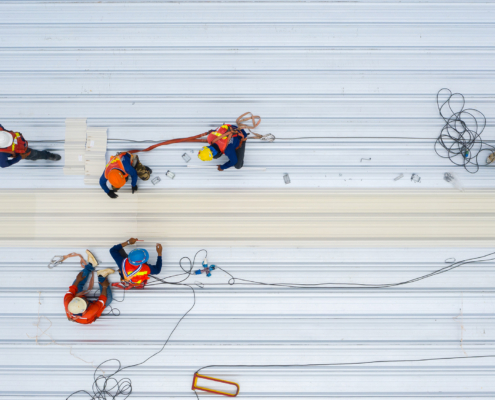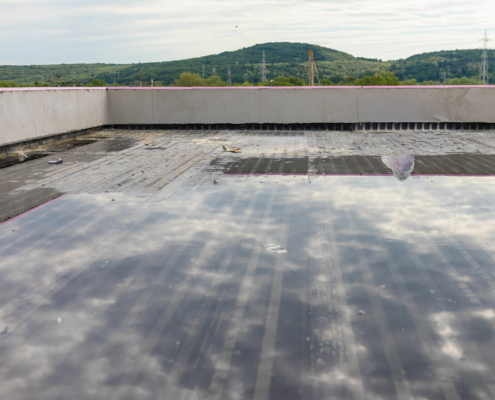When it comes to roof replacement, the roof design documents lay the foundation for a successful project. They act as a roadmap, guiding the entire replacement process from inception to completion. These documents define the project’s scope, detailing everything from the underlayment materials to the desired shingle color. This level of detail is essential not only for the execution of the project but also for maintaining alignment with the client’s vision and budgetary constraints.
Moreover, these documents are indispensable tools for ensuring compliance with local building codes and regulations. They serve as proof that the project plans align with safety standards and best practices in the roofing industry. Consequently, they facilitate smoother permitting processes and inspections, reducing potential roadblocks and ensuring the project stays on track.
Key Features of Comprehensive Roof Replacement Design Documents
Comprehensive roof replacement design documents go beyond mere sketches and materials lists. Several key features of these documents ensure project success:
- Detailed drawings and schematics that provide visual guidelines for the project.
- Material specifications, including types of materials and shingle color, ensuring aesthetic and functional requirements are met.
- Installation procedures that detail the approach for removing the old roof and installing the new one, promoting best practices and longevity.
- Compliance information that outlines how the project aligns with local codes and standards.
These elements collectively ensure clarity, efficiency, and effectiveness in roof replacement projects, facilitating a streamlined process for commercial property owners.










